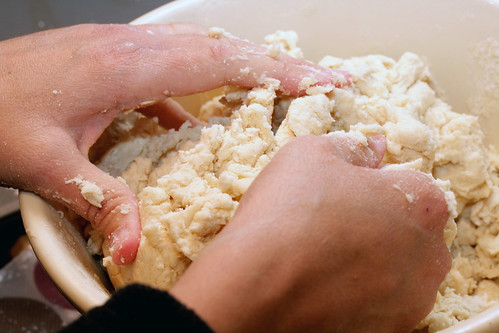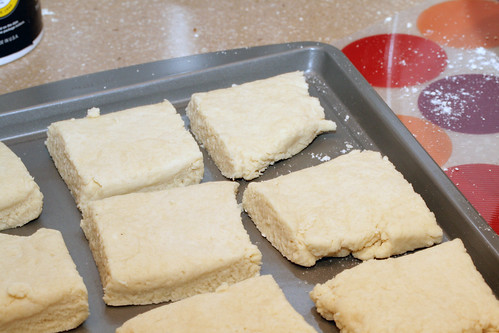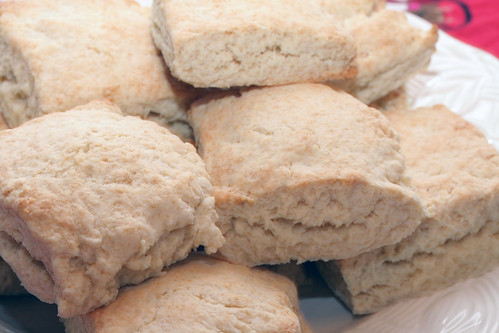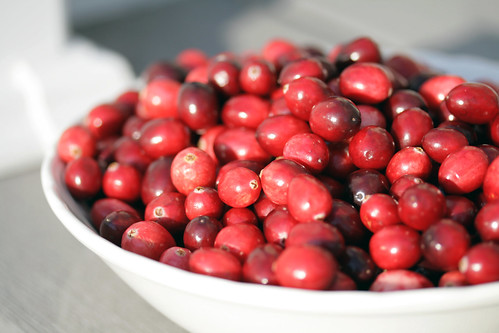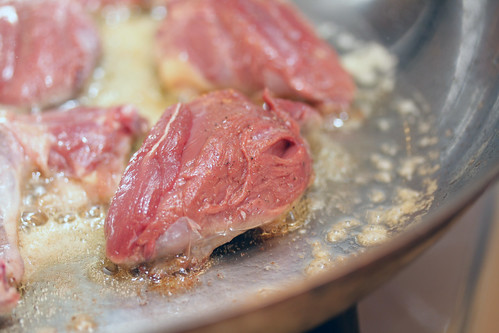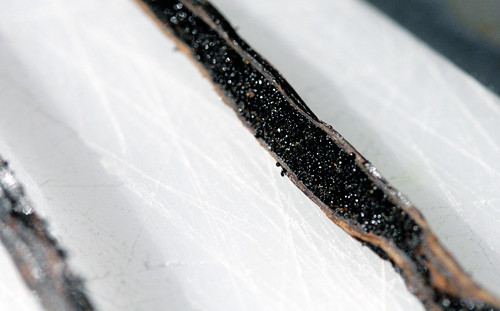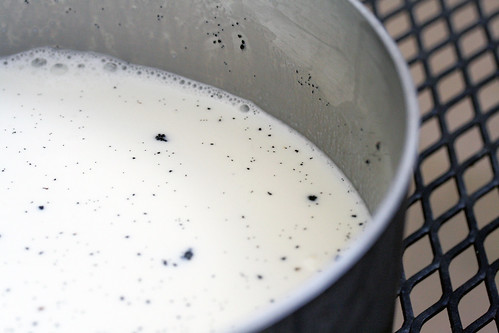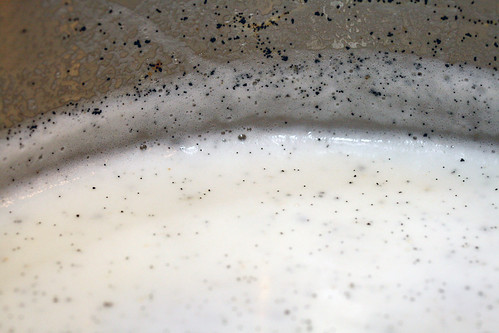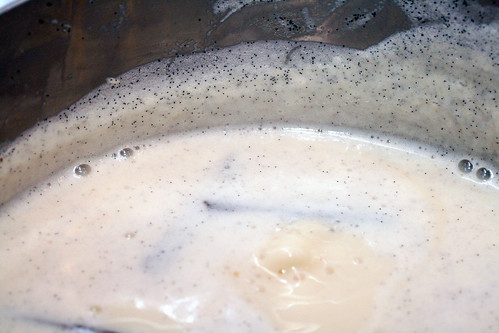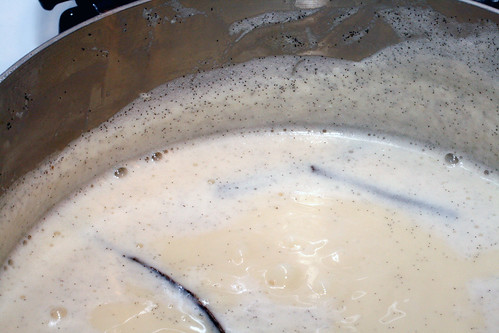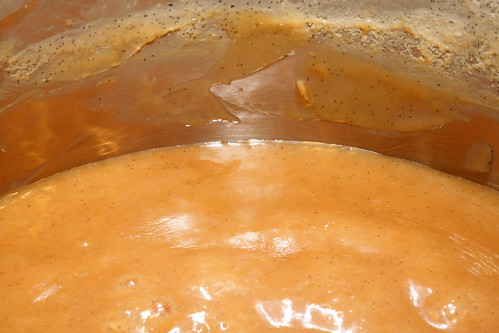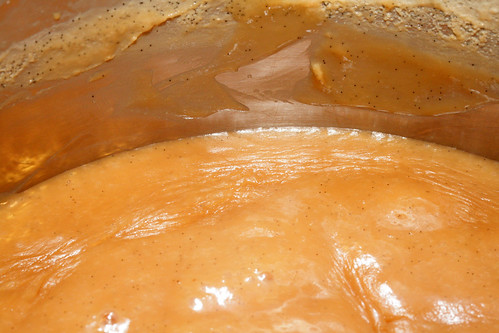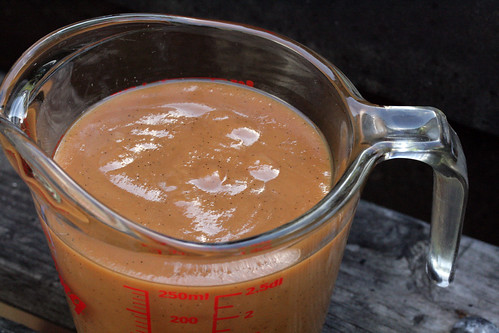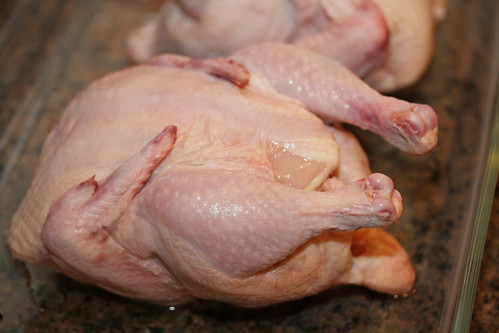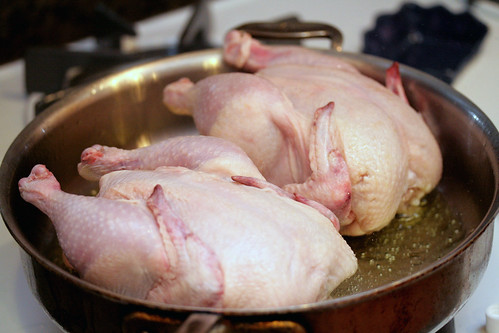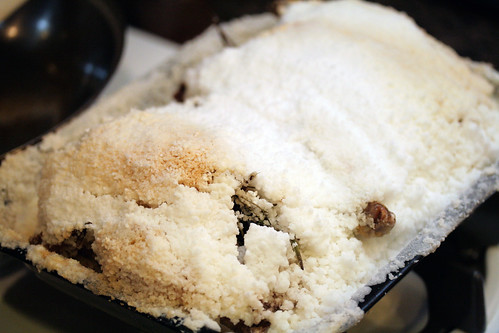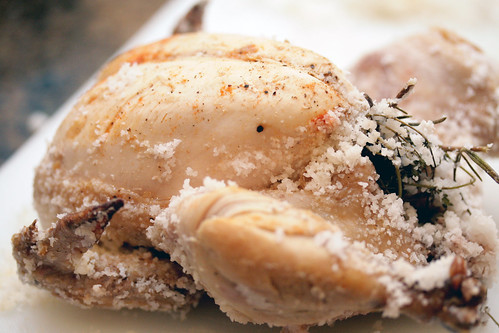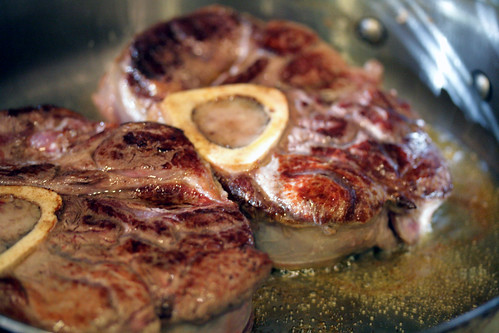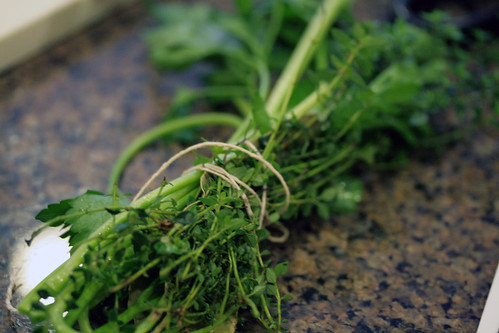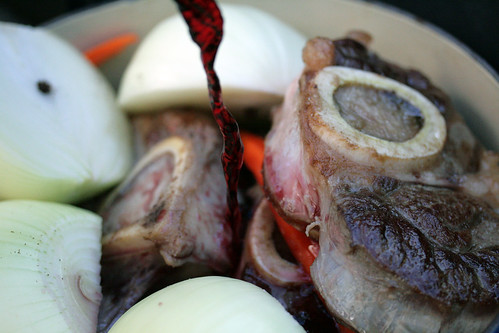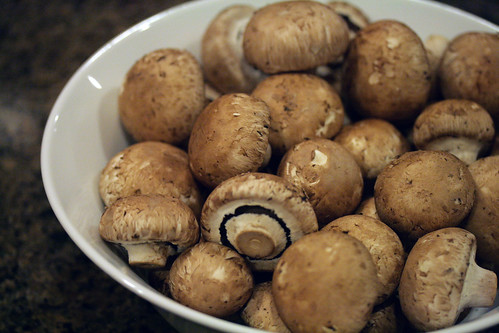I'm in danger of seeming a
miso fanatic. But it's a tasty source of
umami flavours, and, well... Umami!
We recently had the great fortune to dine at
Morimoto Napa, while visiting the lovely wineries of
Napa Valley. It's a pity I forgot my camera in the car, because in addition to being one of the tastiest meals of my life, it was also one of the most beautiful. But none of the dishes was more magnificent than the bagna càuda. It was an umami bomb coated in vegetable oil. A little blob of brown paste at the bottom of a ceramic container, covered in a deep layer of olive oil, and warmed by a candle underneath, this stuff was like heaven. Rich, sweet, delicious. A hot dip for the perfect and crisp vegetables that were served. And when I asked the server what it was, he said it was a dip made of anchovy paste, miso and dashi. Well here's my attempt to re-create that delightful umami bomb.
Traditional bagna càuda is (according to the Wikipedias) Piedmontese for "hot sauce":
The dish, which is served and consumed in a manner similar to fondue, is made with garlic, anchovies, olive oil, butter, and in some parts of the region cream.
I used the bagna càuda recipe in
Morimoto: The New Art of Japanese Cooking
as the starting point, and modified it, more olive oil (though most of it not mixed in), plus red miso - I had no dashi on hand for this attempt:
3 large heads garlic
1 cup whole milk
½ cup extra virgin olive oil
2 tsp anchovy paste
½ tsp red miso
salt and pepper
veggies
Crush and peel the cloves in 3 large heads of garlic.
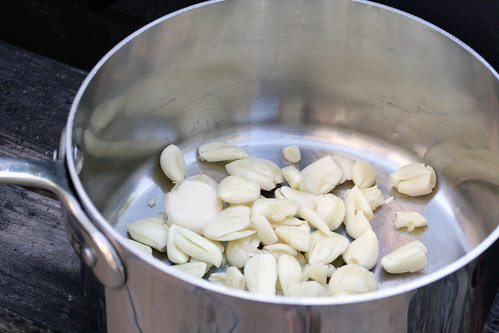
Cover with water, and bring to a boil.
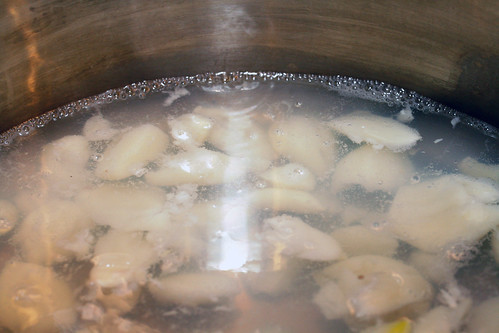
Discard the boiling water, and retain the garlic. Repeat twice. These steps extract some of the stronger, bitter flavours of the garlic, and mellows it a bit. It also extracts a tiny bit of the color, resulting in pure white gloves of garlic.

Now pour in the milk. Bring the milk to a boil, and boil for ten minutes, or until the garlic is tender. Discard all but 1 tbsp of the milk. Again, this extracts some of the fat soluble bitter compounds. This is going to be some very mellow garlic.
Purée the garlic in a food processor until smooth. Add the anchovy paste, the miso, the reserved milk, salt and pepper to taste and 2 tbsp of olive oil. Purée until smooth. Refrigerate until ready to serve. When ready to serve, place some of the paste in a small serving dish. Heat in the microwave (or over a candle, if you have such an apparatus). Heat the remaining olive oil on the stove until hot and cover the hot paste with hot olive oil. Serve immediately with fresh chopped vegetables.

This was really great. Very tasty, but missing something. It wasn't as dark in colour or rich in depth of flavour as what we had at Morimoto Napa. Still, we all ate a ton of this. When I asked Mrs. Dude, "If what we had at Morimoto was an A+, and and F is the bottom grade, where does this fit?" She thought for a moment, "B-". Okay, well clearly I have some work to do to get this up to par. But really, if on any scale that Morimoto ranks an A+, I get a B-, I suppose I can't be too sad.
I'll be working on this recipe some more. Stay tuned.
